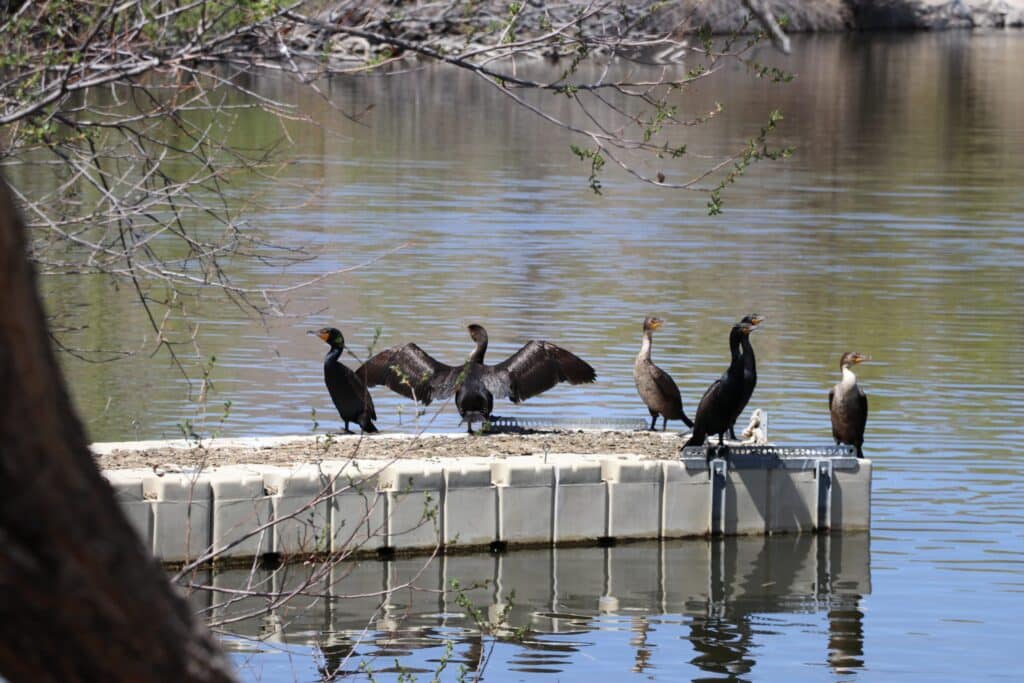Let’s Grow Together.
Our Next Addition
The Cactus & Succulent Garden
Your Arboretum is growing!
Living in the driest state in the nation where droughts are common, this garden will demonstrate an alternative to traditional landscaping by introducing low water use plants and desert landscaping. It will show home owners how to create a beautiful landscape using flowering cactus and succulents that require very little water.
Your charitable donations make this and other growth possible.


Membership
IT’S ABOUT BEING PART OF SOMETHING GREAT
For more than 30 years, members of the May Arboretum Society have provided invaluable support for the preservation and cultivation of the Wilbur D. May Arboretum and Botanical Garden. Consider joining us today and help ensure the future of one of Nevada’s most treasured resources. As a member you will receive discounts at local nurseries and garden centers, pre-sale access for special events, and other benefits
12 Months of Flowers
A $180 value for only $40
It works for you
Just present your card once a month at either Sparks Florist® retail store location, in Reno or Sparks, to receive a wrapped bouquet of fresh, seasonal flowers! Each bouquet is valued at $15 and is available any day stores are open, with the exception of a few blackout dates around Valentines Day, Mothers Day and Christmas.
Each card is valued at $180, but it is yours for only $40.
It works for us
By taking advantage of this amazing opportunity through the May Arboretum Society, 25% of each purchase goes directly to support your Arboretum.


